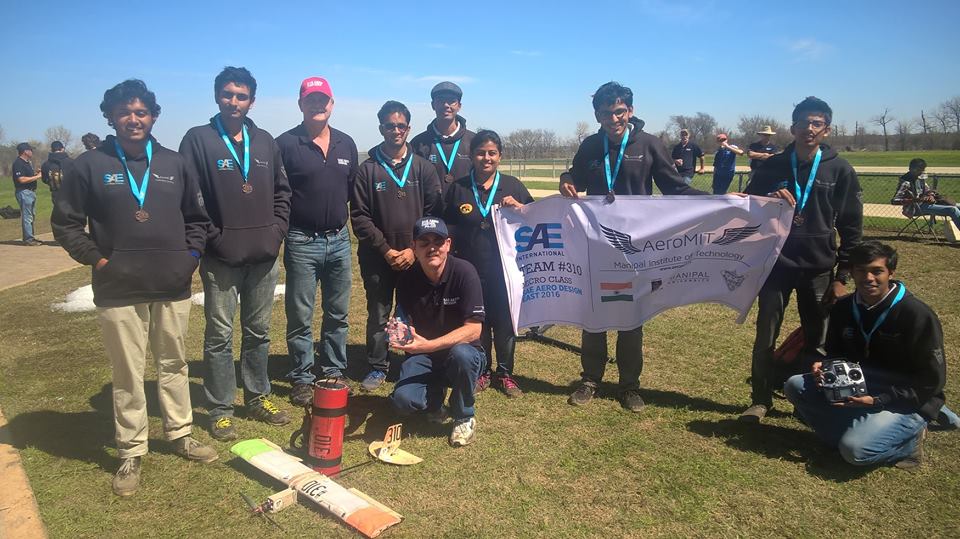
AeroMIT, Manipal’s resident aero-modelling geniuses have been working relentlessly since their last interview with MTTN about a year ago (which can be found here), and after striking gold last year, toned it up 5 notches and have struck platinum this time!
After the results of SAE AeroDesign East 2016 (organized by SAE International and Lockheed Martin), here are their current international standings:
Design Report – 5th Rank
Highest Payload Fraction – 4th Rank
Highest Payload Lifted – 3rd Rank
Overall – 5th rank worldwide.
I had the pleasure of catching up with them during the one day they were relatively free from their arduous schedules.
How different did this competition feel in general from the one in Lakeland, Florida last year?
We sort of killed it this time, if that counts? The conditions were slightly tougher. It had been raining on the first day of the flight round, so we had to fly our planes on a muddy terrain. We flew the planes in an actual airport last year and our planes weren’t exactly made to tackle ground conditions hairier than a grassy terrain, so they kept getting stuck in the mud during landing.
How many teams participated in this competition?
There are 3 classes for the kind of airplane models: Regular, Advanced and Micro. We participated in the Micro Class, which had 19 teams participating in all. Overall, there were about 75 teams from all over the world.
How different was the aircraft model this year in terms of design?
Way different! We went from wings with really big spans to wings with relatively smaller spans and we kept fiddling with the wingspan in different iterations by using different design philosophies.
We need to be able to fit the entire model in a cylinder of 6 inches in diameter as a constraint, and the length of the cylinder itself is an important part of the scoring criteria. The cylinder we used last time was huge. We had to fold the wing for it to be able to fit inside the cylinder.
This year, we didn’t want to fold it, so instead, we took the entire wing and compressed it.
We designed it in a way that it could be compressed as well as split in half. This was made possible by using a fabric. It’s a very unconventional design according to RC standards since fabric isn’t used anymore. Therefore, the length of the wing remains the same, but this time, we could fit it in a cylinder almost a third of the size of the previous one.
Fascinating! How did this particular design using a fabric perform as compared to the previous one?
Much better, actually! That was probably because of the material used in making the fabric. Our plane was able to lift a much higher payload, which was nice because it helped in almost quadrupling the score as compared to last year.
From what I remember, there are three stages to this: The Design Report, the Oral Presentation and the Flight Rounds. How did you guys fare in each of them?
The Design Report has to be submitted three months before the event, in which they check it based on certain criteria. We ended up with a world rank of 5 in it, so I’d say we did very well. We met an SAE official before the competition began and he asked us questions about our design. He liked our answers about why we were using such odd designs that he hadn’t seen before.
The Oral Presentation is where you sell your design to the judges. We handed them these brochures and gave them an overview of what went behind building the plane, the various thought processes involved in the design, the material selection and the kind of analyses we did on the plane. They really liked the compressible aspect of our design; it took everyone by surprise and the judges seemed really impressed with it.
We faced some complications in the first round of the flight, like we said before, due to the rains and unfavorable ground conditions. But apart from that the flight rounds went quite well. The pilot assigned to us, Dave, enjoyed flying it and said that it flew really smoothly. That was primarily because of how much we tested it. We came up with 13 different models and tested them all before coming up with a final one. In fact, we mixed a lot of elements from different models, so the final model ended up being a mix of the best elements of the 13 models we built. That was a lot of work! Most of us stayed back in the vacations to do that, but it was well worth the effort in the end.
It certainly was. What was the process of actually building the functional model like? How much did it finally weigh?
The plane weighed around 600 grams without payload, but the payload it could carry was 1600 grams. That’s almost thrice the weight of the plane, and that ended up winning us the world rank 3 in the ‘Highest Payload Lifted’ section. We obtained the 4th highest payload fraction worldwide this year. To give you an idea of how different the competition was from last year, consider this: the highest payload carried last time was 2.2 lbs. This time, we carried 3.65 lbs and still finished third!
The testing was very thorough. We tested every single aspect of the plane, including the wings, materials, mechanisms that the different parts of the plane would need. We introduced a modular assembly in the fuselage design and so on, bringing everything to a very small size.
We reached a point where it was pretty much Design, Build, Fly, Crash, Repeat. Towards the end, we were practically zombies living in the workshop for six days straight! We must have carried out about a 100 flight tests.
The process of flying the plane itself involves initially tossing it into the air, right? That must have been exhausting to do a 100 times!
Oh, you have no idea. Even at the event, our team leader, Aniruddha ended up getting muscular cramps after the flights. Georgia Tech, on the other hand, had an actual rugby player on their team to do that for them, even though it was rather unnecessary, given the light weight of their plane!
The takeoff, however, is the easy part. It’s the landing that usually hurts the most. Our goal was to fly a lot and test it as many times as we could. Thanks to the testing, we knew exactly how our plane flew so we were able to assist the pilot mid-flight, because flying an unfamiliar, payload-carrying plane is a rather daunting prospect without the correct specifications. Every aspect of the design needed thorough testing and every subsystem was of vital importance. We did have two planes as backups though, just in case anomalies materialized and the plane blew up or crashed.
On a lighter note, how were the people of Texas? Did you get a taste of the Southern Hospitality?
They were really nice indeed and yes, I suppose we did. What we noticed was that they like everything big! The food was big; the cars were big; and even the buildings were enormous.
Did you explore the place while you were out there?
Oh,yes! Some of us went on a road trip from Dallas to Austin. We traveled around 500 miles into Texas, exploring five cities and spent two full nights in the car. It was glorious.
We visited the Sam Ash music store at Dallas, which was phenomenal and sold several accessories at about half the price you’d get them for in India.
We also came across the Church of Scientology at Austin! It was the most surreal experience, seeing propaganda about the world’s end being near everywhere. We were tempted to go in and have a look, but we started fearing we’d never be able to come out (chuckles). The funniest about all this was that it was right next to the University of Texas at Austin!
Keeping your brilliant performance from last year in mind, how much support (financially or otherwise) did you get from the University?
We got a lot of support from the University this time, actually! We asked them for a specific amount of money, which was granted to us. They even have plans to build us a bigger workshop in the NCC Building area within the campus. All of this was probably made possible because of how well we did last time.
AeroMIT also won the first and second positions at IIT Bombay (Boeing), NITK Surathkal (Wright Flight) as well as NITK Calicut (Albatross). What were those competitions like? How was your experience?
The IIT Bombay competition was much better organized this time, but that was probably mostly because of AeroTrix. The on-ground competition, however could have been done better. They made the same mistake in the payload formula as they did last time. The rest of it was quite smooth.
The NITs were a fun experience. The best thing about it was seeing small kids flying airplanes. We also met several local flight enthusiasts and talk to them. There was one alumnus from the Aeronautical Department who used RC Controllers from the earlier times which just had a one-channel controller; we use six-channel ones today. He actually had to vary the rudder based on the frequency of clicking that one switch on his one-channel controller!
Let’s talk about the recruitment. How many members do you intend to take in this year? What exactly are they expected to know about AeroModelling in general beforehand?
That’s very difficult to say right now. Ideally, we have a number in mind but that depends on the turnout. RC is a very esoteric and niche hobby, so we can’t really expect people to know a lot beforehand. So, we’re looking for people who are curious and willing to work hard towards getting to know more. Also, it’ll be nice if they had a basic overview of aero-modelling. Reading something in a textbook and actually designing a plane is very different; that’s why our recruitment process is slightly more rigorous this time. We’ve got five rounds at the end of which, we expect them to build a plane, even if it’s a basic glider.
Do you have any currently ongoing research projects?
Well, there’s the Advanced Drone Research that’s been going on since last year. We’ve experimented with multi-rotors and our plan is to make drones which are capable of longer flights. The batteries in them will be charged on-the-go using solar panels. We’ve done fully autonomous flights from KC to the cricket field and back, but we’re aiming at more complex designs that use image processing, solar power usage and several other techniques that’ll extend flight range directly or indirectly.
We use First Person View with our drones that send the feed from the attached camera directly back to the Head Mounted Display, and that produces some really cool results and ends up providing for a lot of fun experiments and videos, which we carry out often.
There are, of course, a lot of challenges, like flight endurance and flight time which need to be optimized, and the signals need to be within the radio legal range, which allows for very short range flights. We have to ensure that we have enough redundancy so that even if the drone loses parts in-flight, it should be able to make its way back to us.
Udayan, here’s a question for you. As the new Team Leader, what are your future plans for AeroMIT?
We’ve had a lot of hiccups last year which we’d like to work on. ADR was supposed to progress a lot more last year, but we just had one member dedicated enough to work on it. I want ADR to develop to the extent that we get recognition for it.
SAE will still be our main priority, but we do intend to take part in local competitions.
I’d also like to integrate new recruits into RC flying in a different way this time. Last year, we had a lot of pilots, but now there are about only 3 or 4 of us who can fly a plane correctly and just one who can fly a drone. We’d like a lot more people to be able to fly them and I’d personally like everyone to be involved in RC. So, we’re re-introducing something called Fun Flies, in which we implement fun and out of the box RC ideas every Sunday. A lot of ideas already exist, which we intend to put into production. The basic concept of this is, we come up with ideas, building upon them throughout the week, and try them every Sunday. Fun-Flies is a good idea because:
- It’s fun.
- You’re learning building techniques which will be helpful while building the actual SAE level planes.
- The ideas are innovative, so we score brownie points with the University as well.
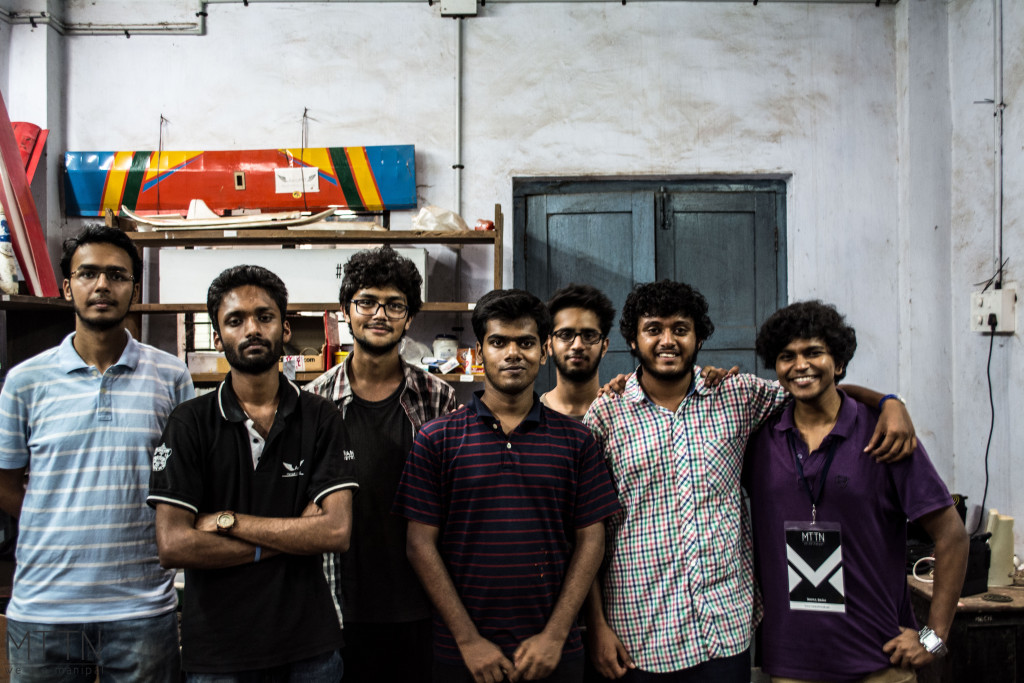
Here’s wishing AeroMIT a long streak of success!
AeroMIT is:
Aniruddha Poddar, Anuj Arora, Anshul Sharma, Arunabha Bhattacharya, Twinkle Kothari, Udayan Shloke Chaudhuri, Hariharan Venkatesh, Gaurav Rajput, Arjit Seth, Ayush Verma, Siddharth Shukla, Srishti Chitturu, Rhea Mathew, Akshina Soni, Aditya Dogra
– Rahul Basu for MTTN
(Picture courtesy – AeroMIT and Arjan Singh for MTTN)
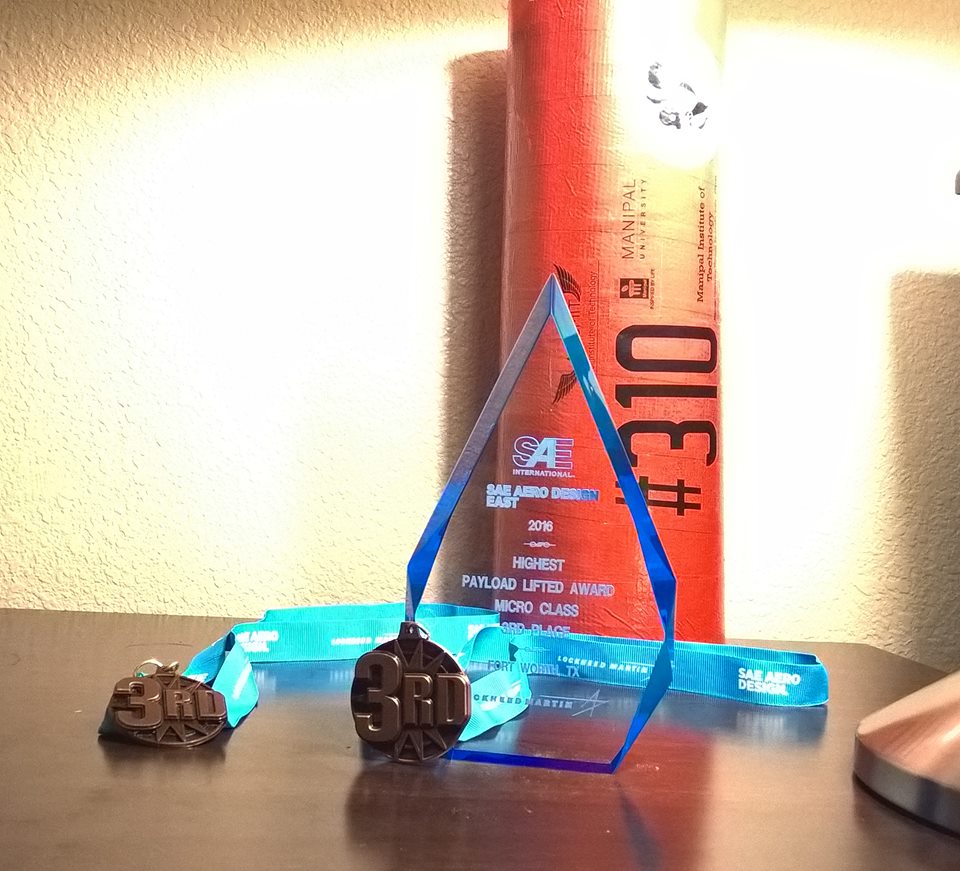

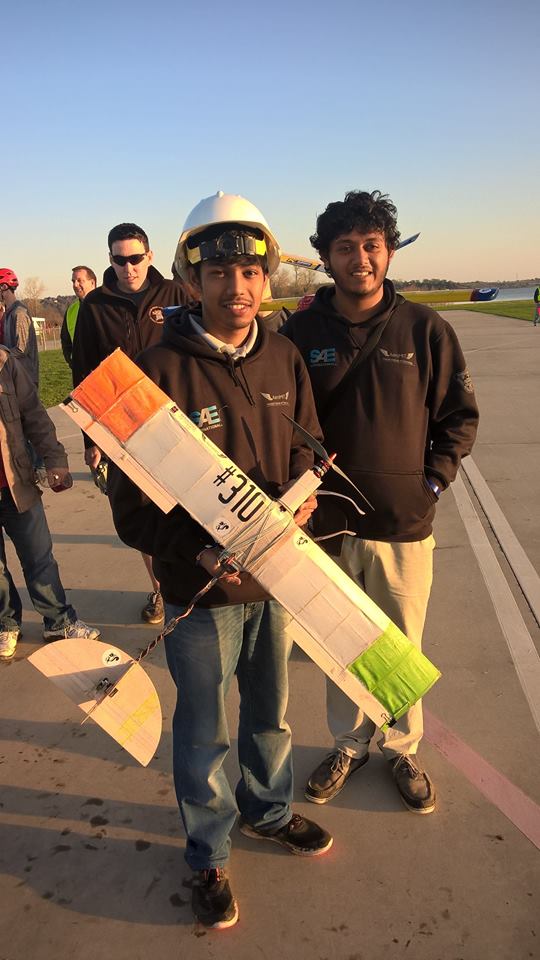
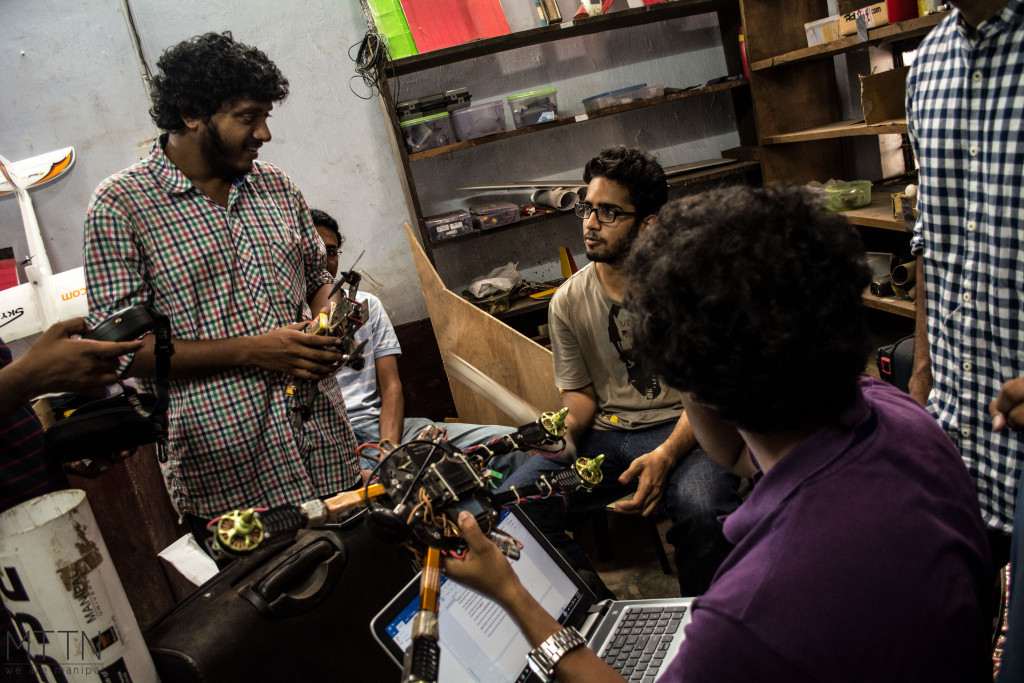
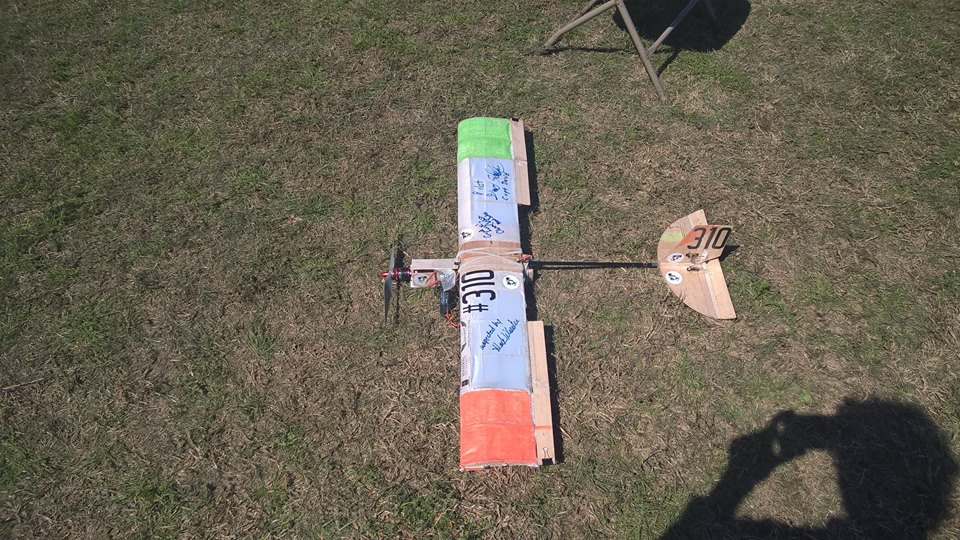
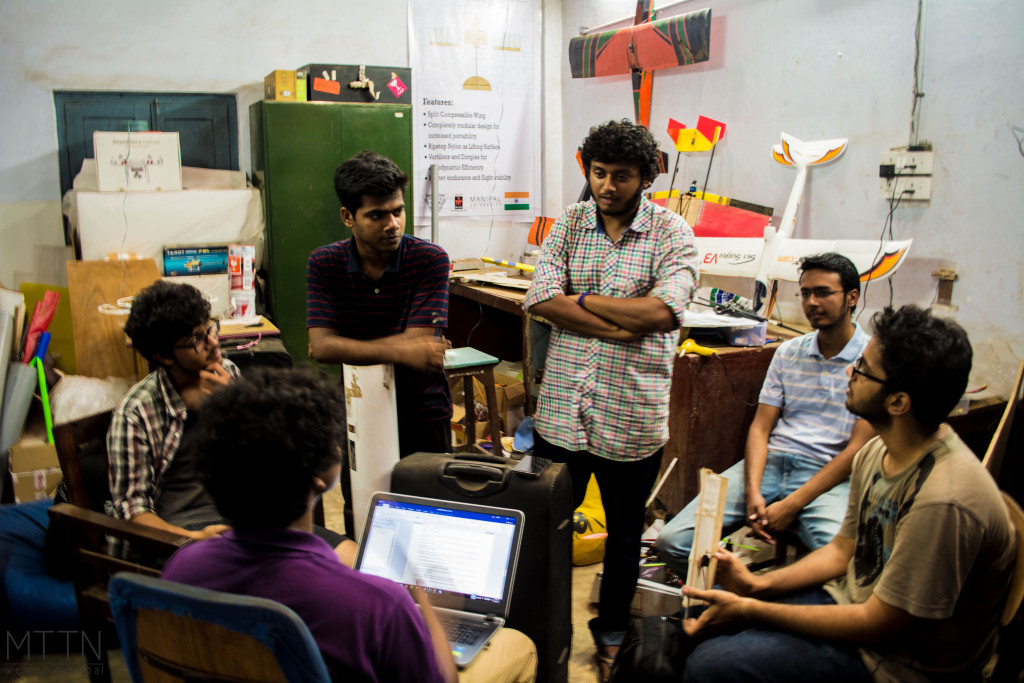
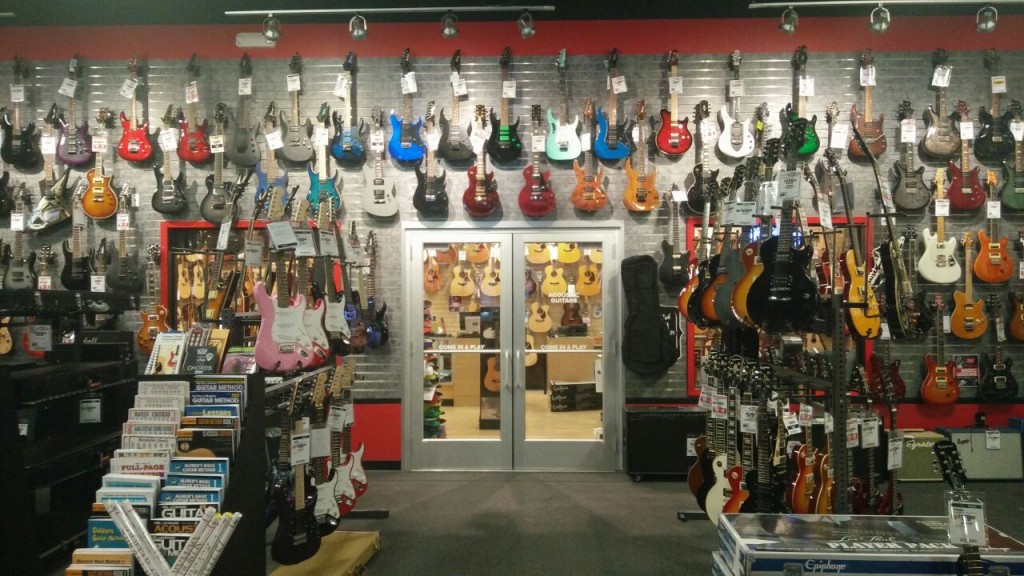
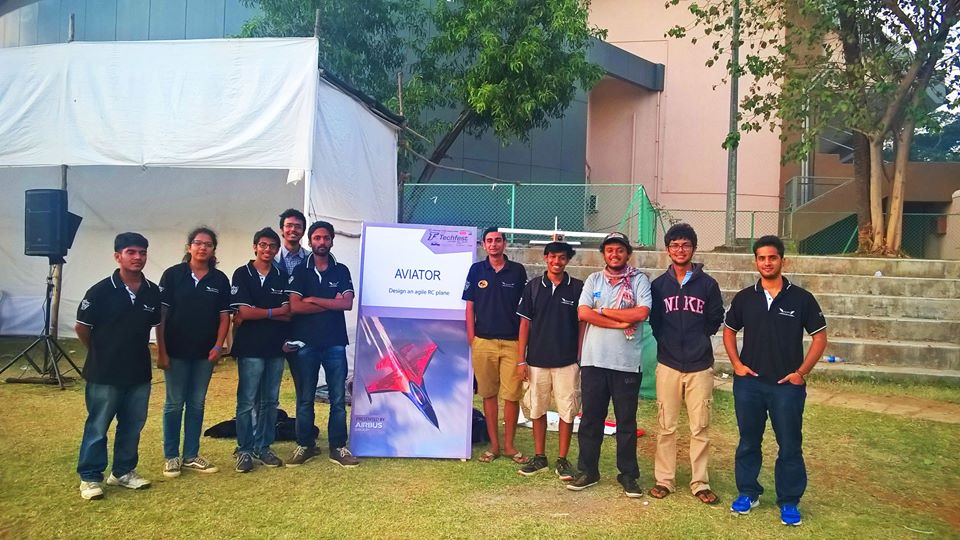
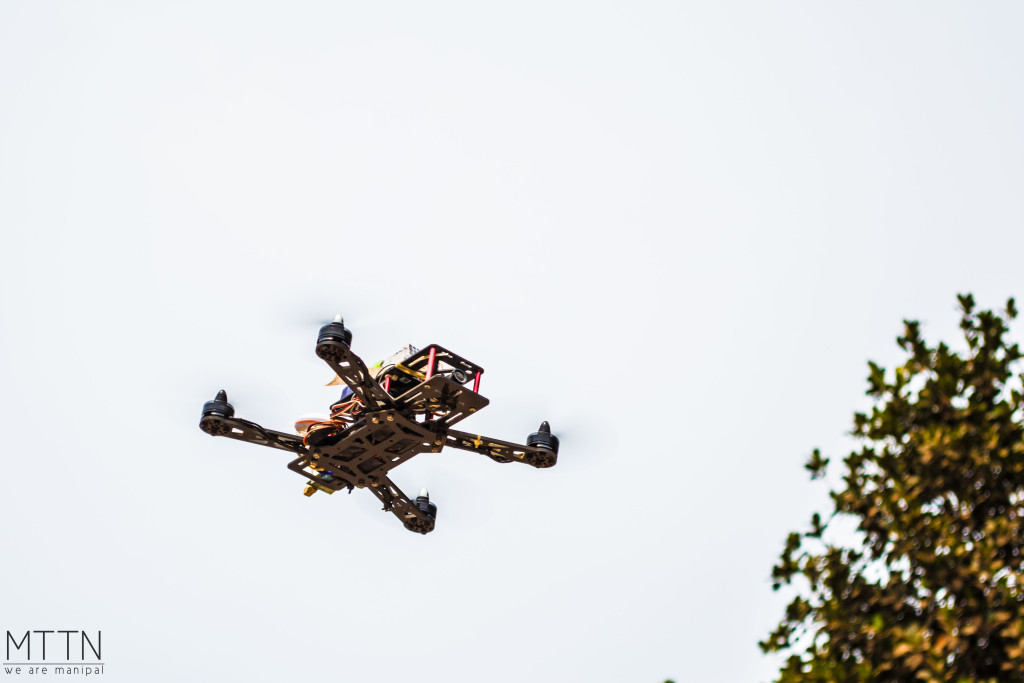
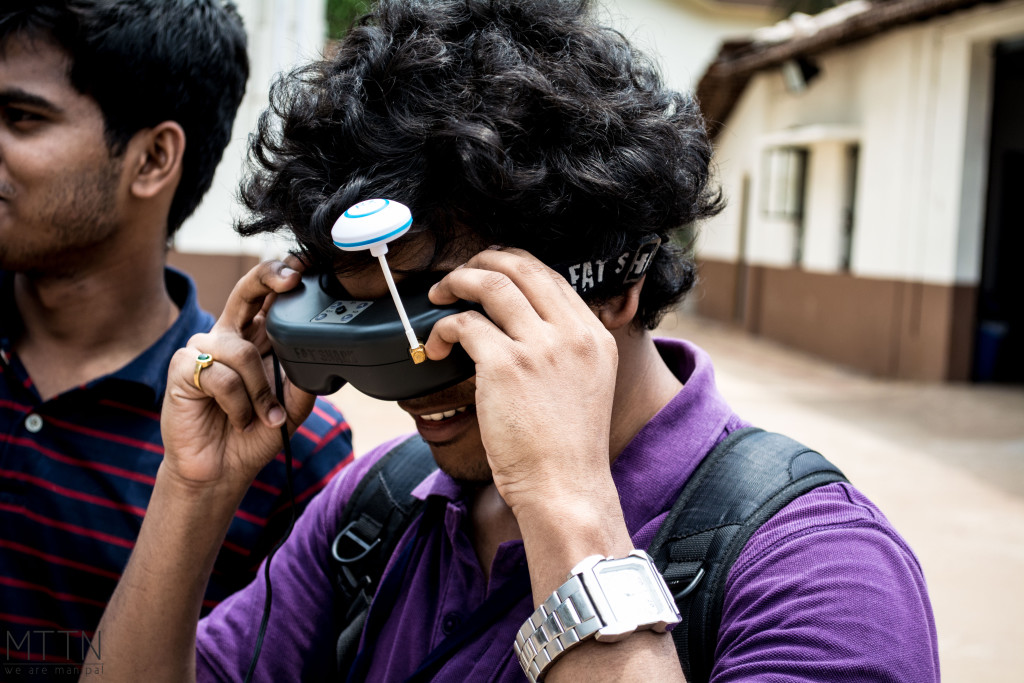
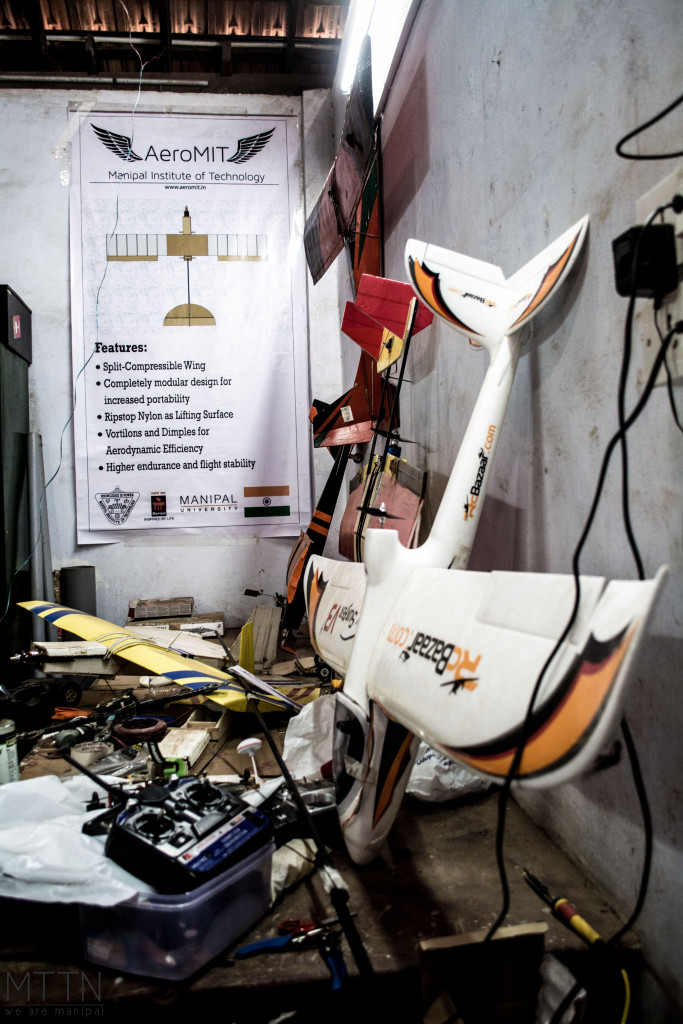
Leave a Reply
You must be logged in to post a comment.